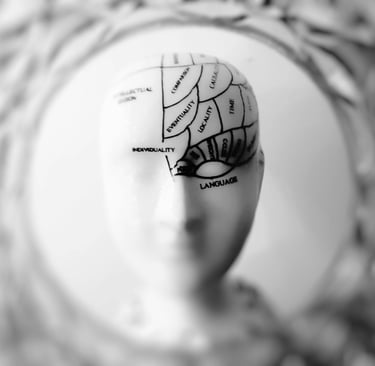Looking sideways and beyond: from adjascent fields to unthinkable connections
In my exploration of the adjacent possible, I entertain a list and classifications of industrial fields we could take something from. Let's explore!
Carlos.
8/6/20252 min read


In aquaculture, we tend to look forward: better genetics, better systems, better feeds, better welfare. We also check the rear-view mirror in the race for sustainable food: insect farming, seaweed farming, lab-grown meat. But rarely do we look sideways.
Lately, I’ve been thinking a lot about what lies just outside our field. What other industries or technologies are dealing with the same core challenges we face and what can we learn from them? What about sectors than even in my wildest thoughts could never connect to aqua, yet they may?
Now, I am not looking for silver bullets. I keep reminding myself of the messianic tone that creeps in conversations about innovation - disruption -, especially among techno-optimistic nerds such as myself. The idea that AI, a fancy recirculating aquaculture system or genetics will change everything overnight looks great in pitch decks, but the reality is that most technological advancement is painfully slow and does not fit into the neat timelines imposed by venture capital. So, I am not expecting the next breakthroughs being brought gift-wrapped by another industry, but we need to do the work of looking around with openness, humility and patience.
Slow-cooking the adjacent possible into a tool
I continue now to use the concept of the adjacent possible as a mental map. In this map, I have been trying to figure out the adjacency to aqua in terms of function, capability and challenge:
Are these fields trying to solve a core human problem? (nutrition, growth, shelter, health)
Are they facing the same economic pressures? (downwards price pressures on the consumer side, high costs on the supply side)
Do they suffer from similar regulatory pressure?
Do they operate in similar environments and process logic as aqua?
The distance between aqua and an adjacent sector, in my mental map, is given by the frequency this sector has interacted with aqua historically - in my own biased interpretation. The map, is a table at the end of this post (not mobile friendly, sorry!)
What are we supposed to do with such a map?
I wanted to put this together for two reasons: 1) it serves a guide for anyone interested in aquaculture innovation to start peeking around in adjacent fields. 2) I wanted to see how far out into unthinkable connections I could go with the help of some AI models - which are notoriously good at making connections where we see none.
What stroke me about putting this map together is how, seemingly, more adjacent sectors seem to have less potential for disruptive innovation. In a way, those fields and aqua have been working together for some time. We have seen most of what each sector can offer. However, the sectors located further away seem to offer more curious and mentally-stimulating possibilities - likely due to my own naivety and ignorance. And this is the key to innovation: curious tinkering, free flow of ideas and exposure to serendipity. Those far fields are our lottery tickets to progress.
Now we can:
Talk to researchers, engineers and product leads to start teasing ideas and metaphors
Form consortia and apply for innovation grants touching on the lowest technology readiness levels
Form wacky think tanks
Have an excuse to travel to more conferences from sectors we never really considered before :)
Does anyone know a neurodivergent-focused industrial design firm I could talk to?
ChimanaTech
Chimana Management BV
Hemelrijk 2A
5281PS
Boxtel
The Netherlands
carlos@chimana.tech
+31 612 769 754
© 2025. All rights reserved.
